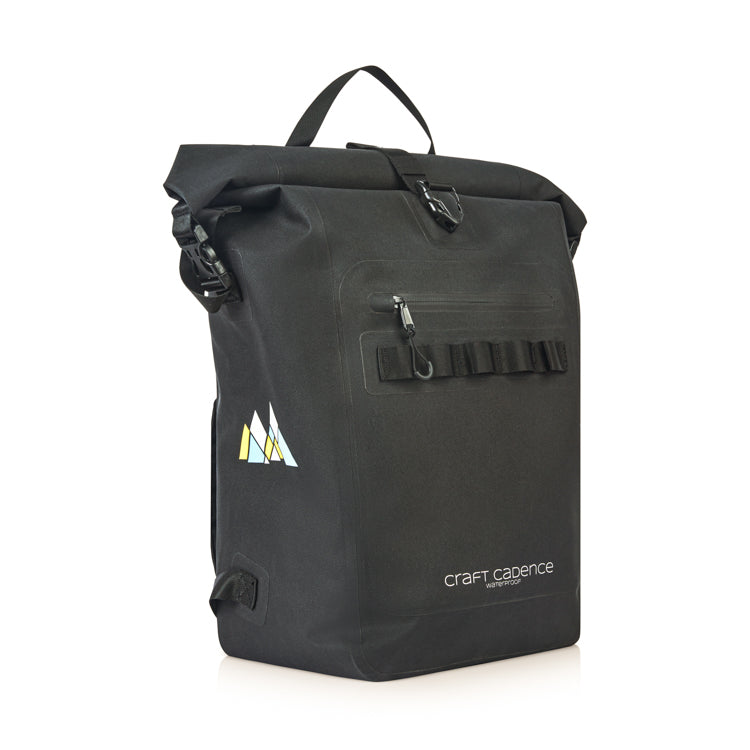How often should surgical masks be used? Guide to extending the lifetime of disposable surgical masks
As more and more of us are advised to wear face coverings in situations where social distancing is not possible and especially indoors, a wide range of different styles and materials of coverings can be observed.
Many people still prefer the use of the disposable surgical mask mask as they are made from non-woven material that are designed to be effective at capturing respiratory droplets, albeit primarily for the wearer of the mask.
The reasons for this are plenty - key workers such as delivery drivers, post office workers and government officials are often given these single use disposable surgical masks by their employers for use in their jobs. For others, the single-use nature is appealing for their simplicity and convenience as they are fully sterilised and can be disposed upon the completion of a particular task or a day's work.
Finally, studies have shown that surgical masks are significantly more effective than cloth based face masks at preventing viral illness (MacIntyre CR, Seale H, Dung TC, Hien NT, Nga PT, Chughtai AA, et al. A cluster randomised trial of cloth masks compared with medical masks in healthcare workers. BMJ open. 2015;5(4):e006577).
Given the sharp rise in demand, and therefore the cost of single-use surgical masks as critical PPE, people are looking for ways to extend the lifetime of these surgical masks. Based on our research of scientific papers, official guidance from national government CDCs, and manufacturers' guidance, here are 3 methods we have found.
1. Steam sterilisation
A recent Dutch study published in the Journal of Hospital Infection looked at different methods of sterilisation of a used FFP2 mask. They tested a number of methods including:
- Steam sterilisation at 121 ⁰C for 15 minutes
- Steam sterilisation at 134 ⁰C for 15 minutes
- Dry sterilisation at 121 ⁰C for 15 minutes
- Dry sterilisation at 134 ⁰C for 15 minutes
The effectiveness of the procedures were assessed by a visual assessment of the condition of the used mask and most importantly the filtration efficiency of the mask. It was found that steam sterilisation at 121 ⁰C was the most effective, retaining a filter efficiency at 0.3 microns of 96.8% after 5 sterilisations compared to the mask's original filter efficiency of 99.4%. At 134⁰C, the tests showed gave poor results as masks started to deform and became sticky while the elastics lost its resilience.
While informative, these sterilisation techniques were conducted on a N95 respiratory mask, and not on single use surgical masks. Therefore it can not be a given that this approach would apply equally to surgical masks as well.
2. Dry sterilisation using a rice cooker
We could not find any scientific papers on sterilisation techniques applied to single use surgical masks. The only official guidance we found was from Taiwan's Food and Drug Administration (FDA), who actually officially sanctioned the use of rice cookers to extend the lifespan of a used mask.
The FDA found, through a joint study with a local Taiwanese university, that the rice cooker disinfection method can kill more than 99% of the germs and lowers the mask's filter efficiency by just 1-2%. It further advises that a used mask can be disinfected 4-5 times at most.
To sterilise a used mask, simply put the mask in a pot on a rack inside the rice cooker without water, and cook at 165⁰C for three minutes, let it sit for 5 minutes before removing the lid. The mask is then said to be disinfected.
It does state however that if a mask has been soiled, torn or used by someone sick, than it should be discarded and the technique not applied.
The Minister of Health even demonstrated this disinfection technique in one of his daily COVID-19 press briefings, as can be seen in the following clip.
3. Use of a face mask cover
Studies have looked into the use of surgical face masks over a N95 respirator mask to extend the life of the N95 mask. There are also examples of mask covers made of non-woven polypropylene over respiratory masks to prolong the lifetime of the masks.
However, there has not been a conclusive scientific study looking at the effectiveness of mask covers for single use surgical masks.
A mask cover is simply a mask or a "fabric envelope" with a pocket where an entire surgical mask can be fitted inside. Check out Craft Cadence's surgical face mask cover Tasca, which can be used as a standalone reusable mask but has a pocket to slide in a surgical mask. Use of a protector like Tasca can double the lifetime of your surgical mask, saving valuable resources. It is also more fashionable to wear than surgical masks, as you probably agree.

Tasca

As with reusable cloth masks, there is a degree of benefit in protecting the surgical mask from direct external contact and increasing the number of filtration layers before the surgical mask is exposed to particles, dust and bacteria. Just how much longer does it extend the life of the surgical mask is debatable and it will also depend on the material of the mask cover. A good rule of thumb is if the mask cover itself filters particles (e.g. if it is made from non-woven fabric), it will probably be more effective than common material such as cotton.
In the Far East where the use of mask covers are prevalent, it is typically claimed that if you are in a lower risk environment (e.g. daily life, work), a mask covering can prolong the life of the mask (typically 3 days) by 4 days, thus more than doubling the life of the single use mask.



